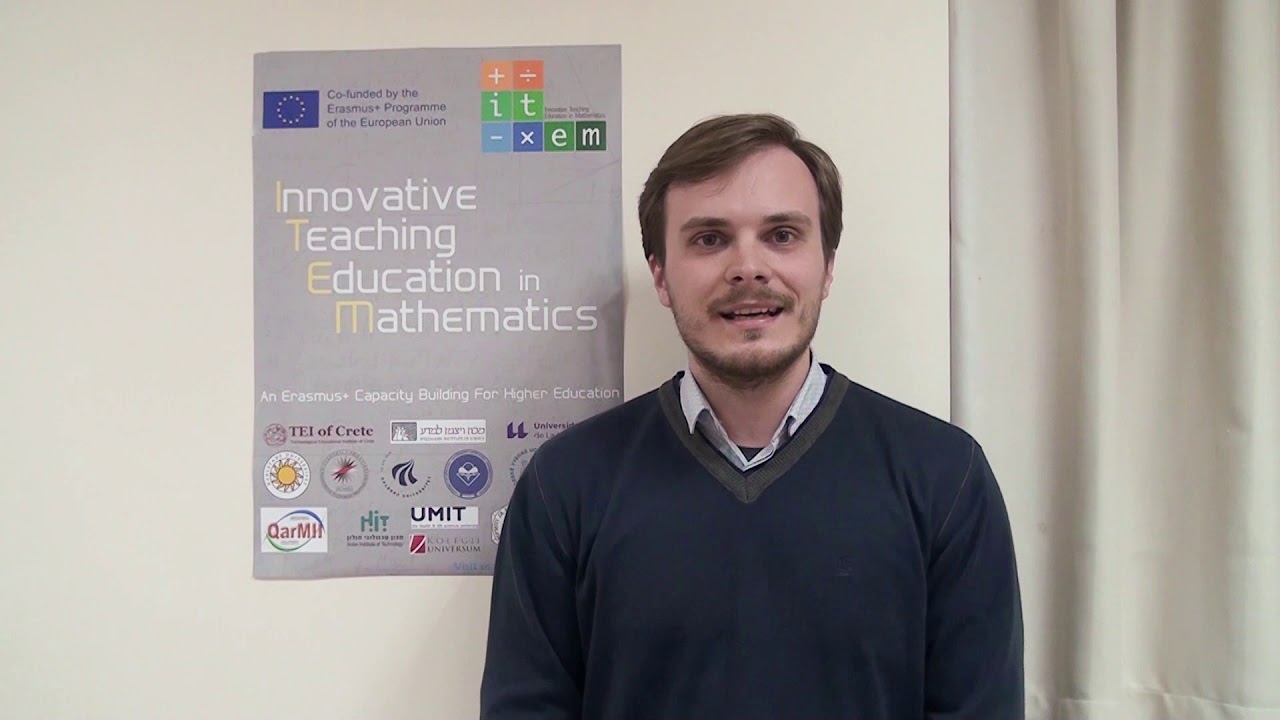What is higher education?
Higher education has many benefits. It allows individuals to broaden their knowledge, grasp abstract concepts, and better understand the world around them. Studies have shown that people who complete higher education have longer lives, better access to health care, better dietary practices, and fewer problems. Other benefits include increased job satisfaction, increased leadership skills, and reduced criminal activity. Despite these benefits, some people still wonder, what is higher education? Here are the most common misconceptions about higher education.
Disruptive innovation in higher education
Described as a “process of change that transforms an industry by making it more convenient, cheap, or simple,” disruption in higher education can lead to profound changes for an industry. The disruptive innovation process begins by taking a complex, expensive, and inaccessible industry and transforming it into one that is affordable and convenient. It then improves on its model and reaches more complicated problems. It can also be applied to the public sector, which includes colleges and universities.
Disruptive innovation is best performed in a well-functioning competitive market where prices can provide accurate signals to innovators. Higher education prices can be effectively “discounted” by multiple payors through institutional financial aid, which makes consumers and innovators largely unaware of the true net price. For these reasons, disruption in higher education should not be underestimated. In fact, it should be embraced. There are many ways to foster this innovation, including:
One way to foster innovation in higher education is to increase the amount of online learning available. Online universities, such as Western Governors University, first launched online and now compete with traditional universities. Other recent disruptors include UniversityNow, Fidelis Education, and Udemy. But what is disruptive innovation? Disruptive innovation, like any other new technology, is one that alters the ability of an industry to function. Disruptive innovations often lead to a significant shift in how organizations work. Those organizations that refuse to change cannot remain competitive and will be negatively affected.
If it works, disruptive innovation can change the way higher education is organized. Instead of treating it as a separate entity, universities and colleges should consider establishing a dedicated team of innovators and giving it experienced leadership. In addition, disruptive innovation may lead to better accessibility to high-quality education. For example, disruptive innovations can help institutions reach new student demographics, support faculty development, and reinvent financial education models. So, while disruptive innovation can be challenging, it is also an opportunity to make higher education more inclusive.
One example is the Covid disruption, which has already accelerated the transition from traditional to online learning. The Covid disruption has also accelerated the shift from personal instruction to virtual instruction. It has created fertile conditions for transforming HEIs. Moreover, Covid disruption will create a new era of radical technological innovation for the higher education industry. By transforming the way academics teach, universities need to become more technologically capable.
Cost of higher education
The cost of higher education is one of the largest concerns facing our nation. Rising student debt is a serious issue because of the high demand for highly skilled workers. The College Board, the nonprofit organization that sets tuition rates, calculates the national average price for tuition, room and board, and other fees. In addition to tuition, students must also factor in financial aid and tuition tax credits. Public four-year institutions cost an average of $12110 in tuition and fees for the upcoming academic year. Private nonprofit institutions charge between $23,840 and $31,518 in average sticker price.
The cost of higher education has steadily increased over the last decade and is now on a rise in some areas. The ongoing COVID-19 outbreak could make higher education unaffordable for many. According to a June 2020 study of more than a thousand college students, 56% reported they couldn’t afford to pay the tuition and fees. One-fifth of those surveyed have had to drop out of college in order to find employment or pursue alternative education options.
The recent economic climate has affected the cost of higher education and has put more financial burdens on students. Reduced state subsidies and a downward spiral in investment earnings have exacerbated the situation. Meanwhile, operating expenses for colleges have risen at a rapid rate. Several recent studies by the Davis Educational Foundation highlight some of these factors. Further, despite rising tuition, the costs of higher education have been on the rise for years. With so many students vying for a college education, the government has to keep pace with these costs.
However, public colleges remain affordable compared to private alternatives. In-state tuition at a four-year public college cost an average of $9,139 in 2014, less than half the price of the average private nonprofit college. Public colleges are facing severe budget cuts. In 2014, public universities in New Hampshire received only 9 percent of their university system’s budget from the state, down from 16 percent in 2003. So, despite rising tuition, public colleges still remain a bargain.
Common misconceptions about higher education
Many students plan their further studies based on a four-year degree. However, these common misconceptions can lead to wrong decisions. According to the National Center for Education Statistics, only 41% of students graduate within four years. The reality is quite different. It is estimated that around half of the students who attend university do not graduate within four years. In addition, many students stray from their desired path. To avoid being deceived by these myths, students should take the time to research university options.
One of the most common misconceptions about higher education is that all students must borrow money to attend college. This is a common mistake. While many students are not burdened with debt at graduation, there are still many students who do. There are many myths about college that may cost you financial aid or your chance at financial aid. By understanding these false beliefs, you can save money and be successful in your education. Here are some of the most common misconceptions about higher education and how to dispel them.
Despite the numerous myths about higher education, the fact is that the cost of college is largely dependent on whether you attend a public or private college. However, public universities used to be more affordable and offered many options for students, and their average debt per borrower was only $25,000 in 2011-12. Despite these problems, higher education is still an investment for your future. By planning ahead, you will avoid financial disaster after graduation.
Another misconception about higher education is the cost. While public universities are generally cheaper than private colleges, the sticker price for both will vary tremendously. This is because “sticker price” is just a figure. Considering the difference in aid and grants, a public university may be cheaper than a private one. And public universities aren’t necessarily the cheapest option, either. If you have a lot of money to spend, consider enrolling in a technical college. Most private colleges offer financial aid for their students, and public universities do not.
Career options for graduates
As a graduate, you’re no longer limited by your discipline. There are many different ways to utilize your degree to advance your career. In many cases, your degree serves as an asset to your future success. Below are some tips to maximize your education and build your network. Listed below are some potential career options for graduates of higher education. You may also want to pursue further education by earning a master’s degree.
As a higher education graduate, you’ll have hundreds of career options. Many of these positions require graduate degrees. Many are secure, and you can apply for tenure. You can even seek a position as a consultant in education administration. Ultimately, your education will determine your success. For instance, a master’s degree can help you land a job as an administrator. Most entry-level administrators spend their first few years fulfilling assigned duties. Some may travel to potential students and network with colleagues.
As a recent graduate, you should begin by researching career options related to your program or major. Knowing what jobs you can qualify for after graduation is crucial. Conduct informational interviews with people who are already working in your desired career. Ask them whether their education and extracurricular experiences prepared them for their role. If they did, it could serve as a useful guide when it comes to preparing your resume. However, you shouldn’t stop with informational interviews!
After graduation, you should take specialized training to further enhance your skills. Some higher education professionals choose to teach in college settings, but they can also work in other environments. There are many different specializations in the field, which makes it possible for graduates to be successful in this industry. For example, higher education professionals may teach in classrooms, teach at a university, or work in the administration of college programs. Regardless of the setting, their careers will require critical thinking, written and oral communication skills, and organizational skills.


